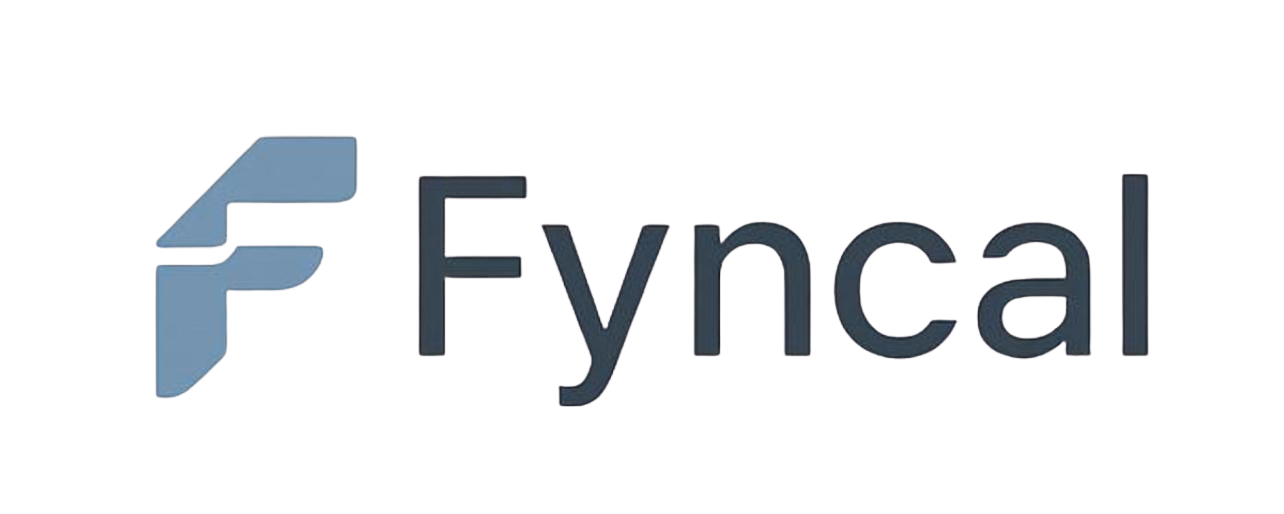Why Profit Doesn’t Always Mean Cash (And How to Fix It)
The Profit Illusion
Here’s a painful truth: 82% of small businesses that fail are actually profitable on paper.
You can be booking sales, showing a margin, even “making profit” — yet still not have enough money in the bank to pay suppliers, staff, or tax bills.
Why? Because profit doesn’t always mean cash flow.
In this post, we’ll break down why this happens, the hidden traps behind it, and most importantly, what you can do to fix it.
Don’t worry about sounding professional. Sound like you. There are over 1.5 billion websites out there, but your story is what’s going to separate this one from the rest. If you read the words back and don’t hear your own voice in your head, that’s a good sign you still have more work to do.
Be clear, be confident and don’t overthink it. The beauty of your story is that it’s going to continue to evolve and your site can evolve with it. Your goal should be to make it feel right for right now. Later will take care of itself. It always does.
Profit vs Cash Flow: What’s the Difference?
Think of profit as what your accounts say you’ve earned.
Think of cash flow as the real money moving in and out of your bank.
📊 Example:
You close a £50,000 deal in January.
On paper, your profit & loss account looks great.
But your client pays in April.
For three months, you’re technically “profitable”… but your bank account is empty.
This is where many businesses get caught out.
3 Reasons Profit Doesn’t Equal Cash
1. Slow-Paying Customers
Sales don’t matter until cash is collected. Debtors sitting on your balance sheet tie up money you need to run the business.
2. Stock & Upfront Costs
Buying inventory, paying deposits, or covering project costs can drain your bank long before revenue arrives.
3. Hidden Expenses
Subscriptions, small write-offs, and “one-off” costs quietly eat into your margins. They don’t always scream for attention, but they reduce cash flow month after month.
How to Fix the Gap
The good news? There are practical ways to align profit with cash:
✅ Invoice faster – Don’t wait until month-end. The sooner you invoice, the sooner you get paid.
✅ Tighten credit control – Set clear payment terms, follow up quickly, and don’t be afraid to chase.
✅ Negotiate supplier terms – Stretch out payables when possible to match inflows.
✅ Use a rolling cash flow forecast – Track at least 13 weeks ahead to spot problems early.
✅ Focus on working capital – Regularly review stock, debtors, and creditors.
Final Thoughts

